As the second season of the BWF World Tour gets set to kick off, we ask Badzine readers for their opinion of the new qualification method for the season finale. Is counting everything from Super 100 to Super 1000 working, was the Superseries model better, or is their a better way yet?
The inaugural season of the new BWF World Tour has finished, and the winners of the $1.5 million World Tour Finals crowned and presumably paid. It’s time to look back and ask whether the new system for selecting players for the season finale is indeed preferable to the one used to select competitors for the Superseries Finals of the previous 10 years.
One of the major changes for 2018 was the decision to include points from a total of 37 tournaments toward qualification for the season-ending World Tour Finals. Up until 2017, only 12 Superseries events had counted toward the Superseries Finals, with per-tournament prize money ranging from US$325,000 to $1 million in its last edition.
In 2018, not only were the 11 Super 300 events (re-branded from Grand Prix Gold, minimum prize money $150,000) to be counted, but the point total also included points from the Super 100 tournaments. These 11 erstwhile Grand Prix events, each of which carried a prize purse of $75,000, were not even considered to be officially part of the BWF World Tour. In the end, the Super 300 series was also truncated, with only points from the first 10 tournaments counting. When the World Tour Finals invitations were first sent out in late November, only 6 went to players who had played in Super 100 events, while all but 8 of the 40 invitees had played at least one Super 300 event.
Shown below are 5 lists (click each one to enlarge) showing who would have qualified under 4 different scenarios. In green are the actual invitees, selecting using the current model which counted everything from the $75,000 Super 100 events up to the $1.25 million Indonesia Open. In yellow are shown those who would have been invited under the Superseries model of only counting the events at Super 500 level (minimum $350,000 in prize money) and up. In between, in orange, is shown an alternative method where Super 300 points count (excluding the Korea Masters) but not Super 100. Finally, in blue are shown the players or pairs who would have qualified if players had simply been invited based on their November 29th world ranking.
In addition to selecting the calculation model, we offer two additional ancillary questions. One invites readers to express their opinions on whether the limit of two invitations per member association should be lifted. We don’t include a table that would show how the qualification would be affected by such a change but this year, only Japanese women’s singles and doubles player were affected, though Indonesia and China could also have been affected under alternative qualification scenarios. Finally, we include the question of whether putting the World Champion to the front of the line should continue.
Please cast your vote below for one of the four qualifying methods. Also, feel free to select one of both of the changes marked [optional] if you believe either of these changes would improve the field of future editions of the World Tour Finals. As usual, we invite you to elaborate on your choice(s) using the comment section under this article.
[poll id=”43″]
Photos: Badmintonphoto
![Poll – World Tour or Superseries: Which season finale qualifying method was better? As the second season of the BWF World Tour gets set to kick off, we ask Badzine readers for their opinion of the new qualification method for the season finale. […]](https://www.badzine.net/wp-content/uploads/ngg_featured/20181106_1815_FuzhouChinaOpen2018_BP018850.jpg)
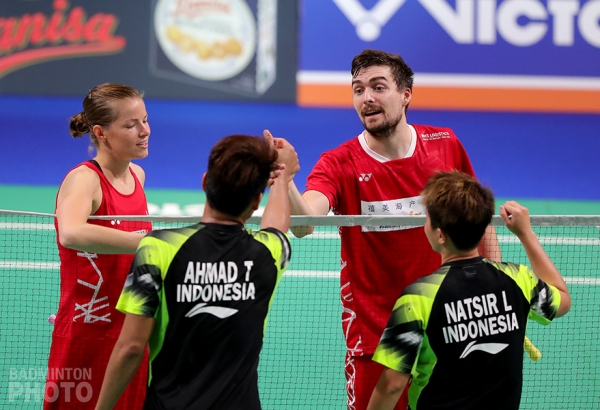
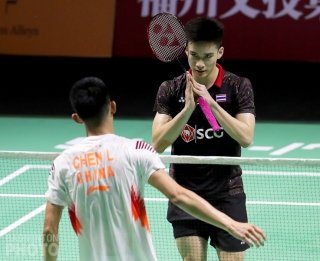
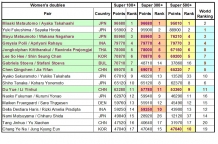
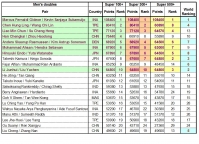
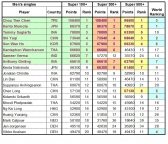
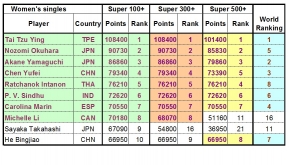
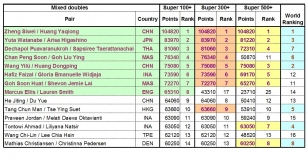


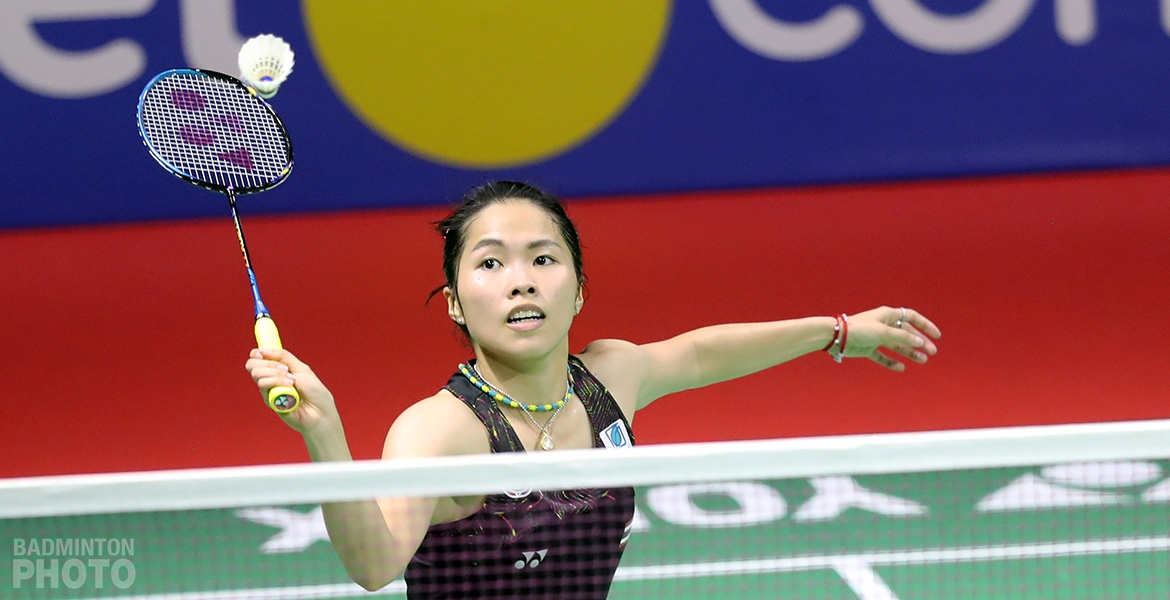
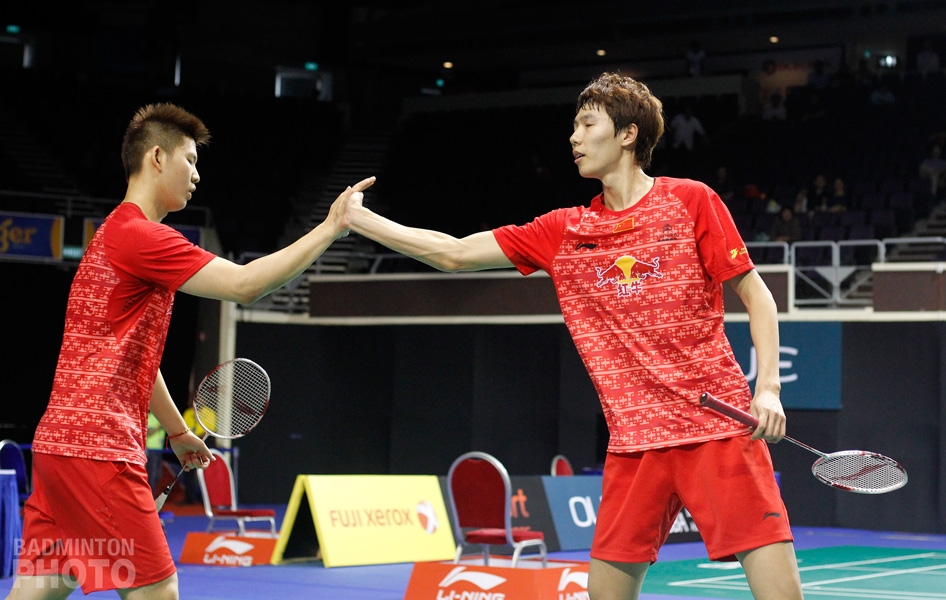
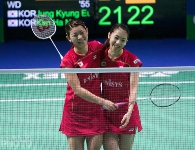
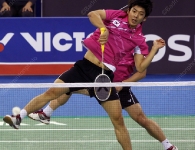
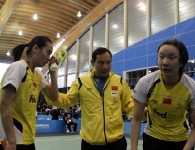
Biggest contrast perhaps could be found from the Indian men’s singles rankings….. While Sameer Verma qualified for the finals via current, however Kidambi Srikanth has better ranking in both (superseries 500 and above) as well as (world ranking)….